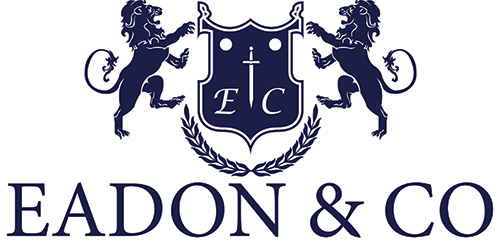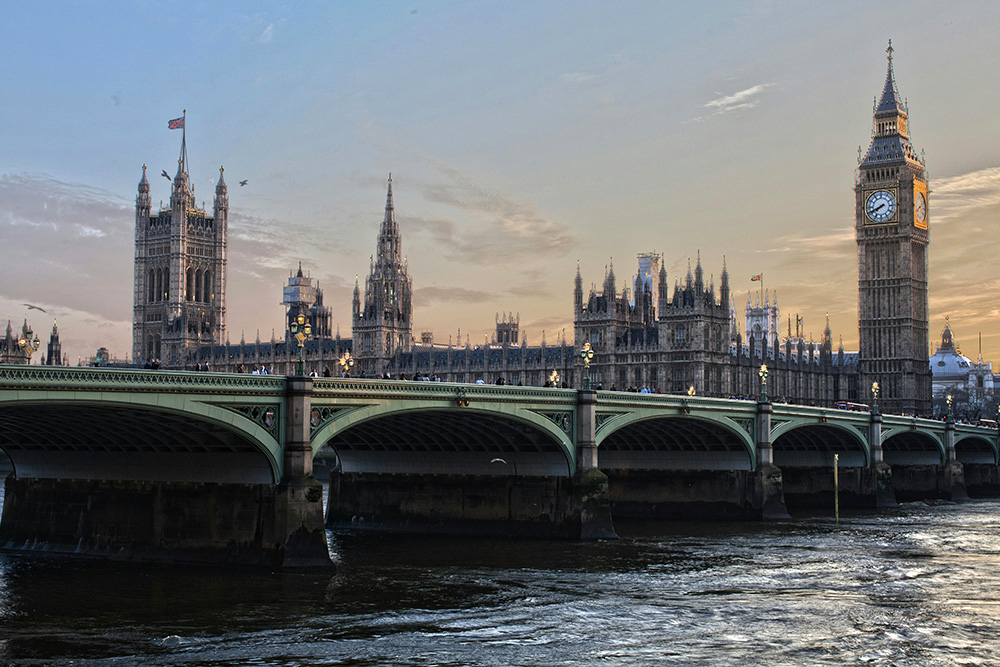We’re now more than halfway through the campaign for the UK’s 2024 general election – so what better time to take a step back and ask: how have elections past influenced the financial markets?
Are there any clear rules of thumb we can apply to the present day?
The short answer is, yes.
So, once again taking an impartial, by-the-numbers look at polling days gone by, here’s three key market trends we can gather from the last few decades’ election periods:
Trend #1: Markets don’t deal well with uncertainty
As we covered in part one, it’s no secret that general elections can be a tumultuous time for the markets – though in reality, the extent of the disruption tends to depend on whether investors feel they can predict the result or not.
For example, Margaret Thatcher’s second re-election, against Neil Kinnock, in 1987 was widely forecasted in the six-week run up to election day, leading the FTSE 100 to trade at 9.7% higher during that timeframe. And likewise, most investors saw Tony Blair’s two landslides in 1997 and 2001 coming a mile off – driving the FTSE 100 to rise 4.39% and 1.36% in the weeks beforehand, respectively.
On the other hand, election campaigns where the winner was less clear from the outset made investors (understandably) less confident in how their assets would fare – negatively impacting liquidity in the process.
A good example is the 1992 election season, where John Major clawed a surprise outright win in the face of a predicted hung parliament, which brought the FTSE 100 down 4.9% for the duration. And more recently, the notoriously close 2010 election, which did end in a hung parliament (and the Conservative-Lib Dem coalition), dragged the FTSE 100 down by a full 8.15%.
This helps explain why the markets have largely shrugged off 2024’s election announcement: Labour have now held a lead over the Conservatives for the better part of 18 months, so there’s been ample time for investors to prepare for a potential change in government in July.
Trend #2: Markets have historically preferred Conservative wins over Labour
While each party’s approach to governing may ebb and flow between more moderate and radical policies over time, it’s nevertheless true that both Labour and the Conservatives hold to distinct (and often opposing) core principles.
The right-leaning Conservatives, typically held to be the more ‘business-friendly’ of the two parties, have historically held up free markets, fewer regulations and capitalism as their core tenets.
And as their name suggests, the left-leaning Labour Party tend to be more concerned with workers, a more tightly planned economy and redistribution of wealth – which are often less well received by businesses as they inevitably to go hand in hand with tighter restrictions and higher tax rates.
In fact, we can see this trend reflected in the figures: a deep dive study by Stock Market Almanac found that the Conservatives and Labour had each won the most seats in nine general elections between 1945 and 2010 – and the stock market was found to have risen in eight of the nine years when the Conservatives prevailed, yielding an average annual return of 10.8%.
(The 2015 and 2017 elections were excluded from this research due to the influence of Brexit on market behaviours.)
By contrast, the same study found that the markets had only performed higher in three of the years when Labour won – averaging an overall annual return of -5.8%.
Trend #3: Markets tend to stabilise after elections – with most effects being short lived
Another interesting aspect of election season is how market behaviours generally pick up where they left off before the vote was called after the excitement has died down. In other words, if the market was in decline pre-election, it’ll likely continue its downward trend afterwards – particularly if the outcome wasn’t much of a surprise.
Returning to the Blair years as a useful case study, the markets made strong gains in the run up to the 1997 and 2005 elections – anticipating a decisive Labour win – and continued to climb in the period afterwards. By the same token, the economy was in decline before the 2001 vote and resumed its downward trajectory afterwards following a brief election-period recovery.
What can we learn from this? For one thing, it’s that the influence of elections on the market is largely a short-term phenomenon. As we’ve seen, growing uncertainty during campaigns can increase market volatility – and unexpected election results can cause knee-jerk market shocks.
But while past elections do suggest the markets perform better in the immediate aftermath of a Conservative win, there’s no suggestion that any particular party’s leadership influences key market performance over the long haul.
As election day draws closer, we welcome your queries about its potential impact on your investments – drop us a line at enquiries@eadonco.com and we’ll get your question answered by one of our financial experts.
Don’t forget to connect with Eadon & Co to be the first to know about the latest news, updates and insights:

